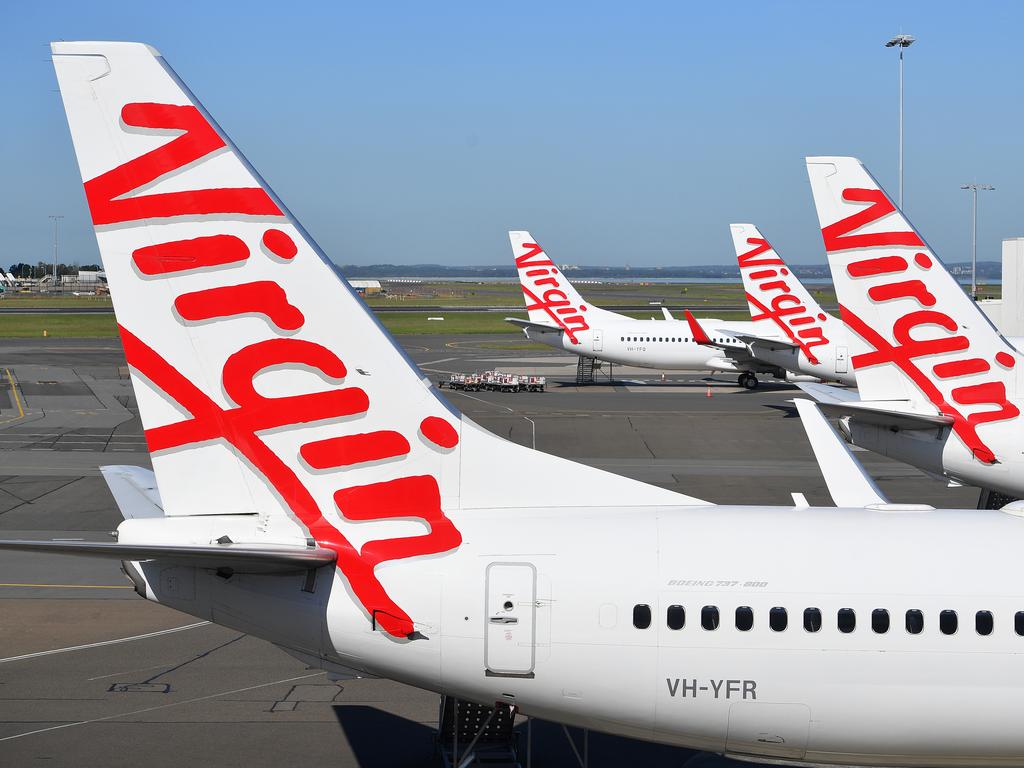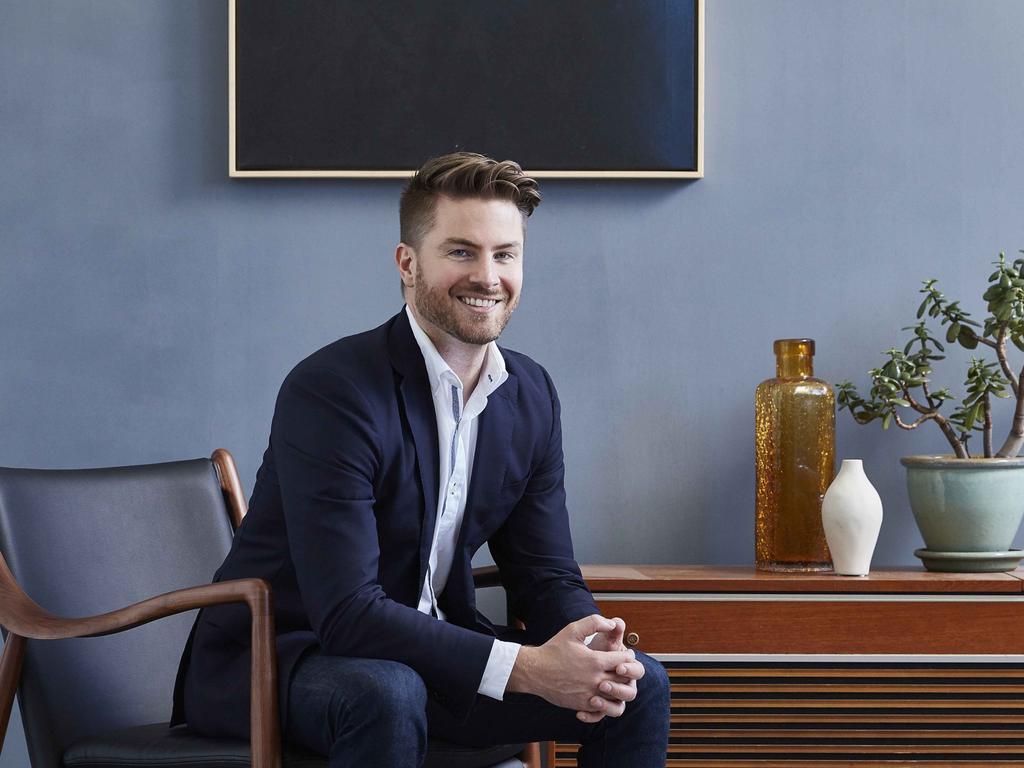
Australian retailers were slow to embrace online selling years ago. Things had changed a lot by early this year, but the onset of the pandemic has seen a step change in the use of online selling and marketing in the nation.
There was a debate among speakers on Wednesday about whether it has accelerated the move to online selling in Australia by three to five years and how much the big increase in online shopping would go back to pre-COVID levels once travel and movement restrictions had ended.
But, taking a glass-half-full look at the past six months, COVID-19 has forced many changes, including the acceleration of e-commerce — from baby-boomers shopping online for the first time, to the more reluctant bricks-and-mortar retailers that have been forced to look at ways of accelerating online sales.
Australia Post chief Christine Holgate said there had been an online shopping boom in Australia since COVID-19 “like never before”, with eight million households shopping online, including one million that had never shopped online before.
Australia Post, which handles 82 per cent of Australia’s e-commerce by value, delivered an extra $4.2bn in e-commerce sales during the height of the pandemic from March to August. This is in addition to the $25bn in e-commerce that it was delivering a year before COVID-19.
This has involved the organisation pushing ahead with changes such as retraining up to 2000 postal workers who have traditionally delivered mail on motor bikes to be van drivers and chartering 17 of its own airfreighters to deliver parcels that used to be transported in Qantas jets. Holgate is also gearing up for a major online shopping period in the lead-up to Christmas with an expected $4bn in online sales, a 25 per cent lift on 2019.
Australia Post, which was forced to grapple with new challenges with the onset of the pandemic, including the virtual shutdown of the domestic aviation industry, is preparing to handle the big increase in demand with 5000 extra staff and 3000 extra vehicles on the road compared with Christmas 2019, an extra 47 delivery sites, 30 more post offices and some 18 dedicated Post airfreighters.
Holgate says the value of e-commerce in Australia will double again over the next five years “as new shopping behaviours have now become embedded”. Woolworths CEO Brad Banducci said there was “no going back” to the old ways of retailing before the pandemic hit.
While the retail world was bracing for the arrival of US online retail giant Amazon a few years ago, Banducci pointed out that COVID-19 had seen a rise in competition from other e-commerce operators such as Uber Eats, which he said had the biggest growth in online food deliveries for the last quarter.
For some faced with severe lockdown restrictions, online shopping was almost the only choice, with Holgate reporting that parcel deliveries in Victoria were up by 175 per cent in September alone.
But as retailers noted, while online shopping can boost sales, its economics in Australia with large distances, congested inner-city areas and high wage costs, can be challenging.
If anything, online selling can involve tighter margins with retailers still having to pay rent and staffing costs for warehouses where orders are packaged.
Many shoppers expect to get their online purchases delivered free of charge (that means the retailer has to pick up the cost), with retailers also having to pick up the extra cost of credit card fraud and dealing with returns.
In China, the e-commerce explosion has been driven by thousands of low-cost delivery drivers in small vans, such as those operated by JD.com, buzzing around densely populated areas.
JB Hi-Fi CEO Richard Murray said his company had sought to manage the cost of home delivery by using some of its store staff to do deliveries and by using the company’s own SUVs rather than pay for third-party delivery.
As Catch founder Gabby Leibovich, who sold his business to Wesfarmers for $200m last year, told the forum, online retailing is like any other form of retailing — it’s all about the execution.
Wednesday’s panellists showed that having seen a step change in online retailing in Australia, major retailers are now wrestling with the type of investment needed to service it in the most efficient way.
Chemist Warehouse, with 450 stores around Australia, has an automated warehouse in Preston in Melbourne where it handles its online sales for the country. Sales have doubled during COVID-19.
But to go to the next level of automation, founder Jack Gance says it will need to invest another $40m-$50m in a new automated plant that would make more use of robotic technology.
Woolworths is taking a different strategy, preferring to service its online shopping from local stores. With food in particular, Banducci said, “same-day delivery is the key”, with Woolworths looking at “micro-fulfilment centres” that would see rooms at the back of conventional stores handling online deliveries.
One significant factor on Wednesday was the sharp difference between traditional retailers moving into online selling and “digital natives” like the three women who had online businesses from the start — the founder of Birdnest, Jane Cay, based in Cooma; Buy from the Bush founder Grace Brennan; and the founder of Mary Maker, Brydie Stewart based in Kiama, south of Sydney.
While the bricks-and-mortar retailers were adapting to the challenges, these three began their business life with a direct online relationship with their customers boosted by extensive use of social media marketing.
The e-commerce summit has shown that the accelerated pressure for online selling has revealed a side of business that proved a lot more adaptable to change than the gloomy headlines of recent months would suggest.







After months of gloom and doom about the economic impact of Covid-19, Wednesday’s e-commerce summit was an inspiring change of pace, putting a focus on the impact of the big surge in online sales since March.